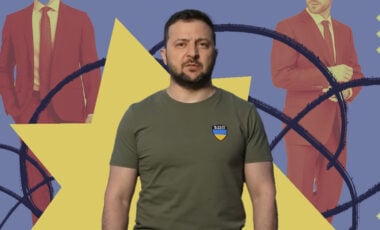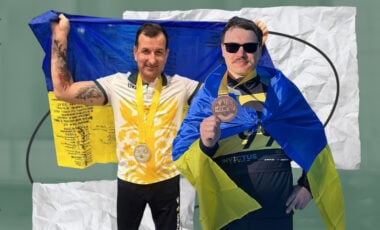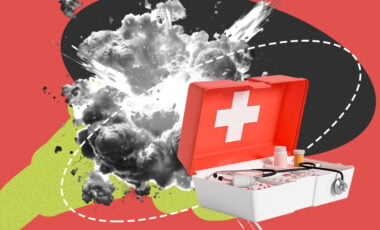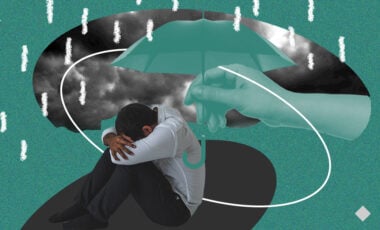A teenager from Ternopil starts mass production of FPV drones for the military
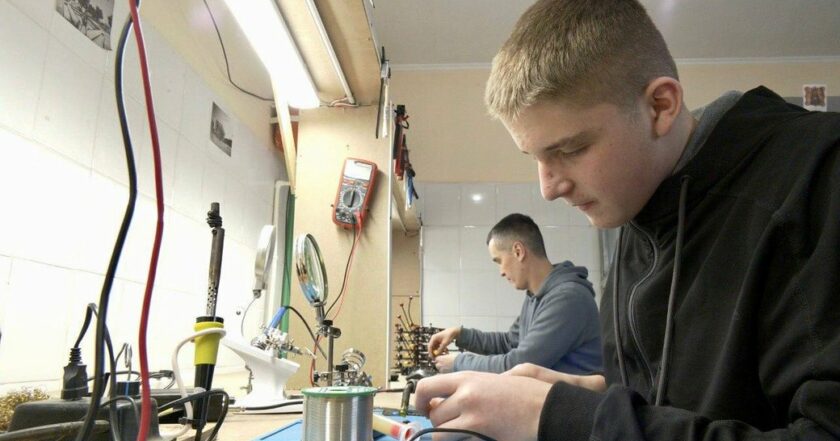
Тернопільський школяр Марко організував виробництво FPV-дронів. Фото: Суспільне Тернопіль
15-year-old Marko from Ternopil started the production of FPV drones with veterans and soldiers.
Crafting up to 30 drones a month they want to put the production on a conveyor belt and produce up to a thousand drones.
What is the problem?
Ukrainian forces are actively using the latest technologies, including FPV drones, to avoid significant losses among its soldiers.
The importance of FPV kamikaze drones is also spoken about by the military, shouted about by volunteers, and recognized by officials.
Their advantage is cheapness and ease of manufacture, which can partially compensate for the lack of more expensive weapons. In the face of reduced aid from partners, the availability of FPV drones is largely a matter of survival.
The production of such drones has not yet reached a scale that would fully supply Ukrainian forces. Volunteers, engineers and ordinary Ukrainians are joining this process, making the attack drones soldiers need, even at home.
What is the solution?
15-year-old Marko from Ternopil started the production of FPV drones with veterans and soldiers.
Crafting up to 30 drones a month they want to put the production on a conveyor belt and produce up to a thousand drones.
How does it work?
The team buys all the parts for the drones from online stores. The money is raised among friends and acquaintances. In total, they produce two types of drones, says Volodymyr, 55, who works with Mark.
"These little seven-inch are kamikaze drones. They arrive once and are gone. They are used to destroy manpower and light equipment. In fact, there are cases when kamikaze drones destroy tanks, infantry fighting vehicles, and armored personnel carriers.
We also build larger drones – nine- or ten-inch drones. These larger drones are used for dropping. They have a special device that drops what is needed.
If they need to drop a grenade or some kind of ammunition to destroy the enemy, they attach the ammunition. If they need to drop medicines for our guys, they attach the medicines."
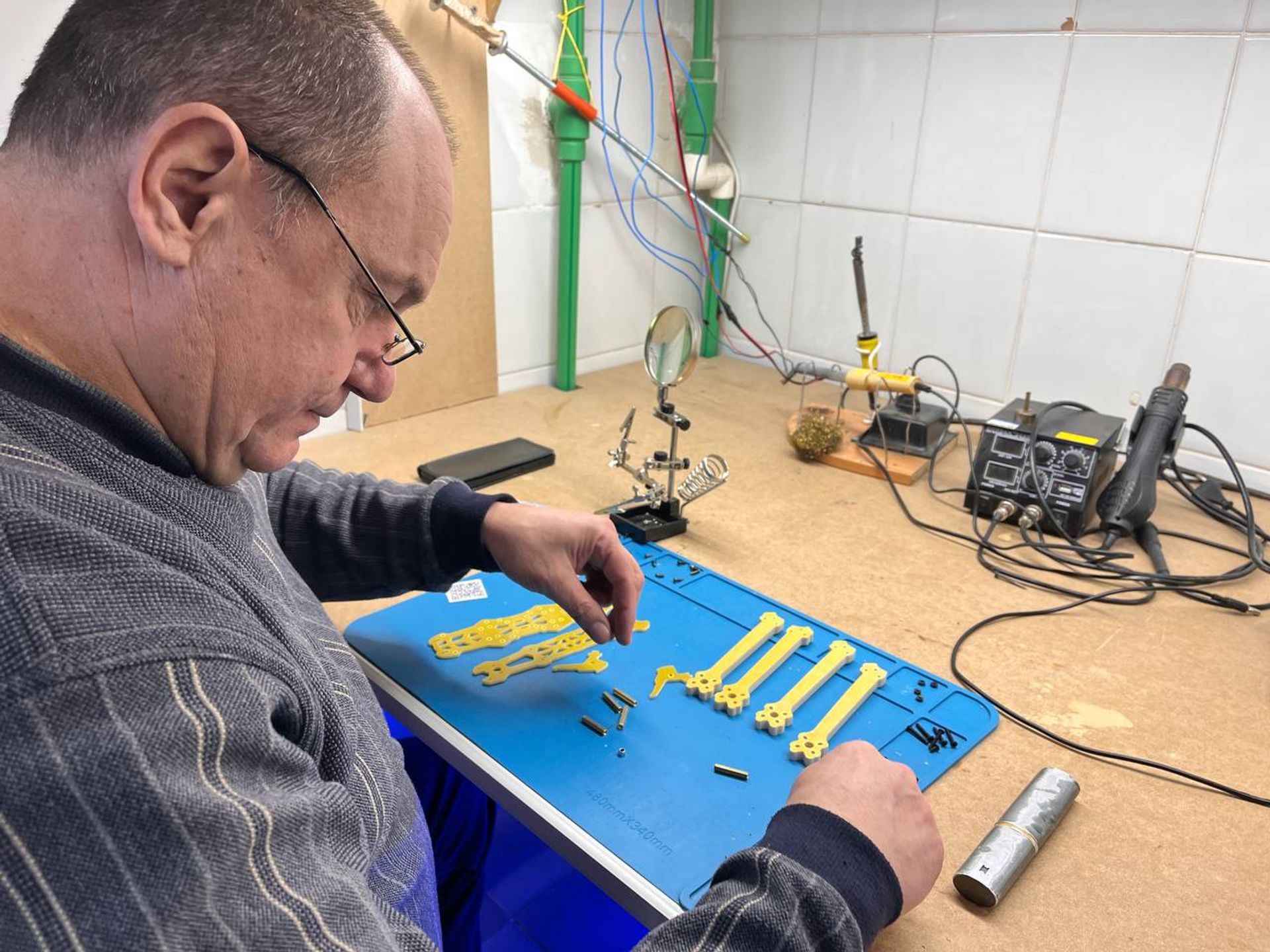
Photo: Suspilne Ternopil
The man also crafts frames for drones, testing a new material, textolite.
"This material is new to us from a Ukrainian manufacturer. We want to see how it will serve, how it will be assembled in our conditions, and whether it will suit us. If everything is fine, we will continue to produce drones from these parts, and if not, we will look for another manufacturer. We need the drone to be easy to create and to serve our guys well afterwards."
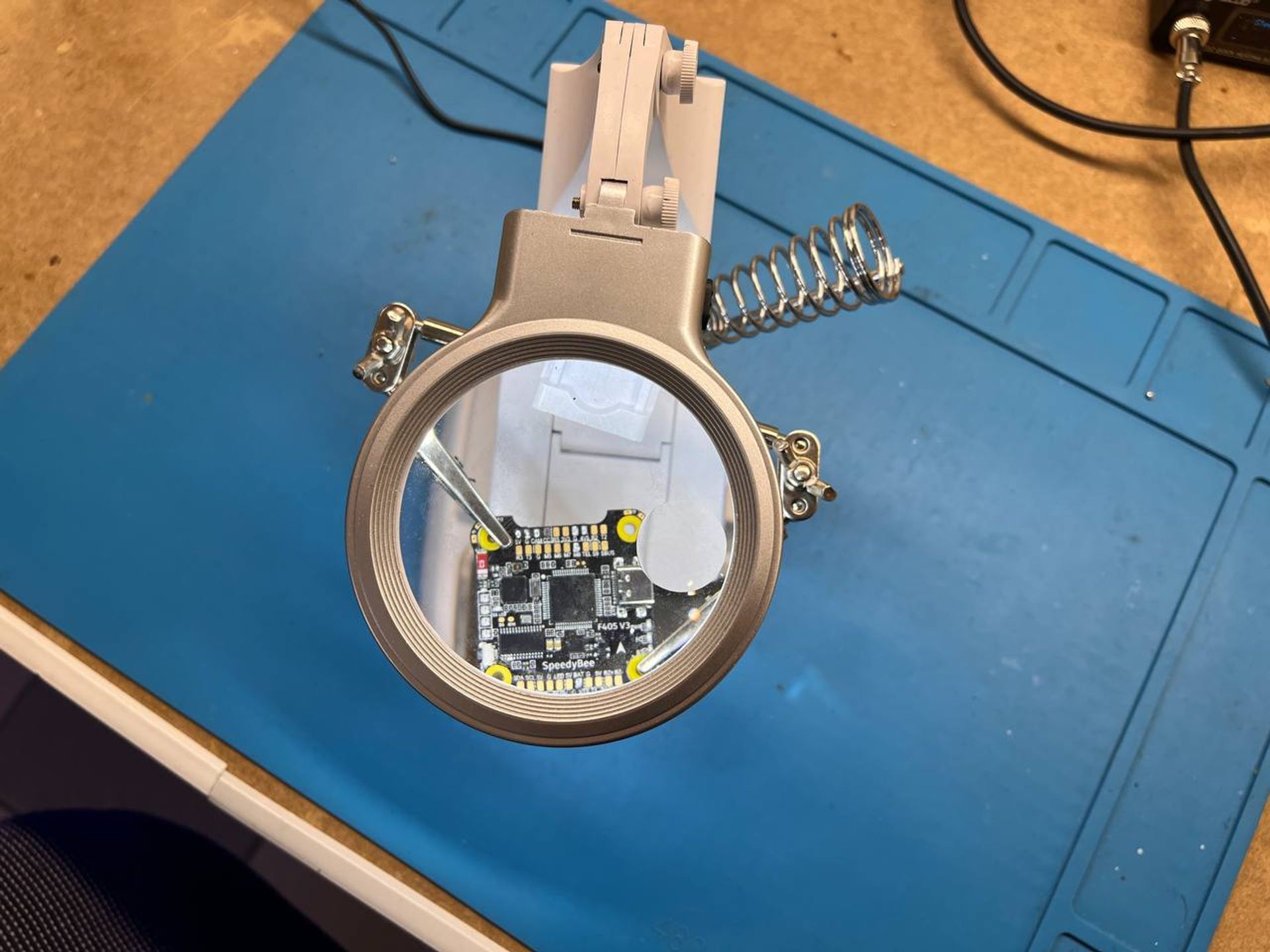
Photo: Suspilne Ternopil
"This is a motor speed regulator. I tin it to make it easier to solder motors to it. But there are cases when the motors are soldered on the wrong side, so they have to be re-soldered or redirected in the program. We buy the most common circuit – SpeedyBee F405 V3. It is in high demand in Ukraine, and because of its prevalence, defective circuits have appeared on the market. That's why I solder them," Marko said.
Veteran Yuriy Ordenas also joined the cause. He says that a kamikaze drone can lift one and a half kilograms, and a large drone can lift up to three kilograms. The drones can accelerate up to 120-130 kilometers per hour.
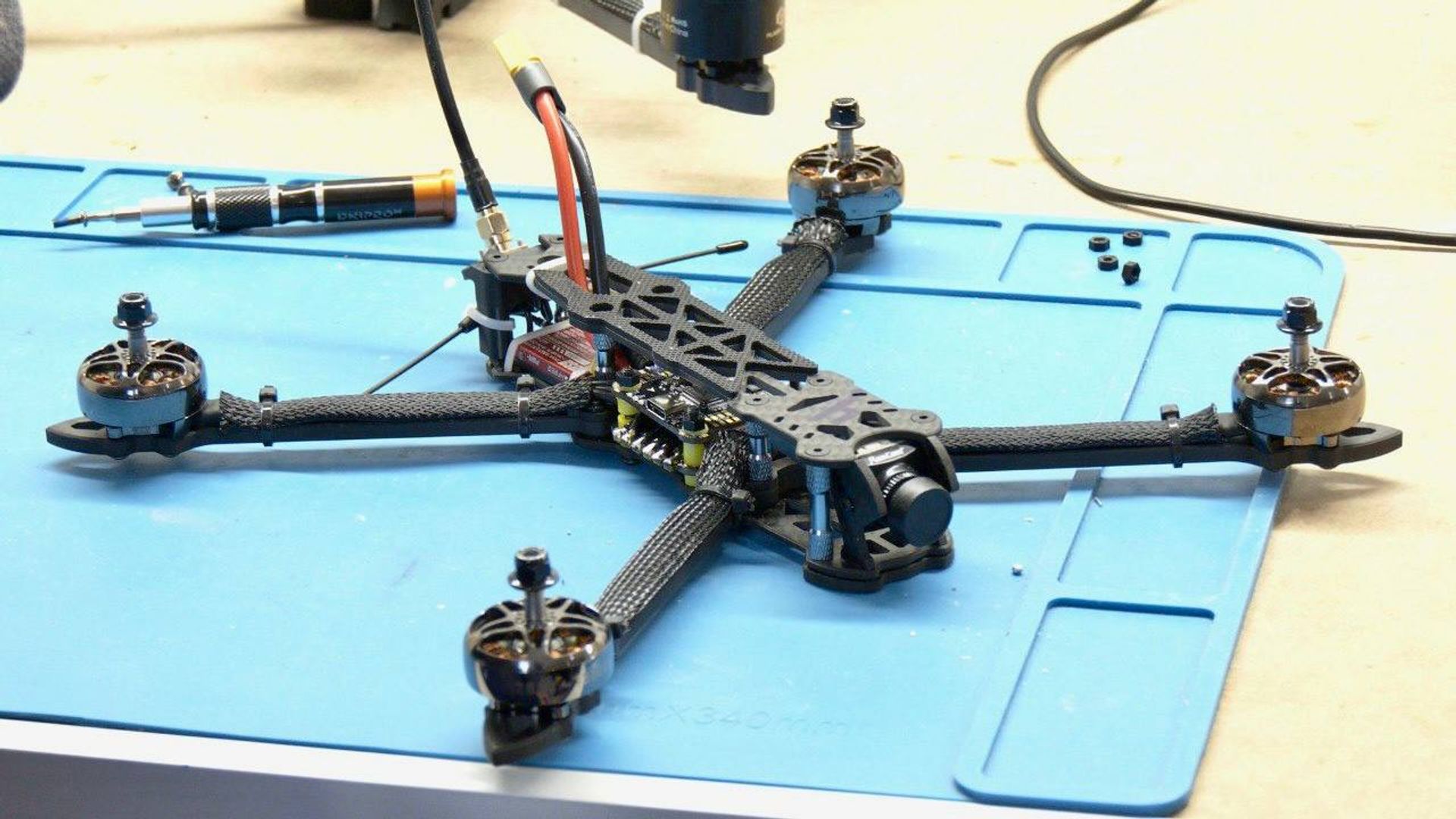
Photo: Suspilne Ternopil
The man says that the production of a smaller drone currently costs $340. The cost of producing a large drone is up to $550.
Currently, up to 30 FPV drones are being assembled per month.
In the future, they want to put the production on a conveyor belt and make up to a thousand drones a month.
"It would be great if the production was established. Then we could attract more people, create jobs, and produce drones in large quantities. I would also like the city council, the regional military administration, and the regional council to be interested in financing such production, because you can't survive on human resources for long."
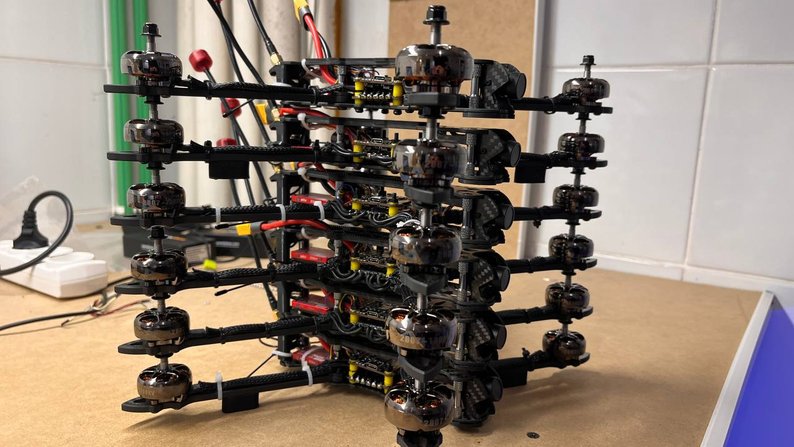
Photo: Suspilne Ternopil
All drones are made to meet the needs of the soldiers who request them.
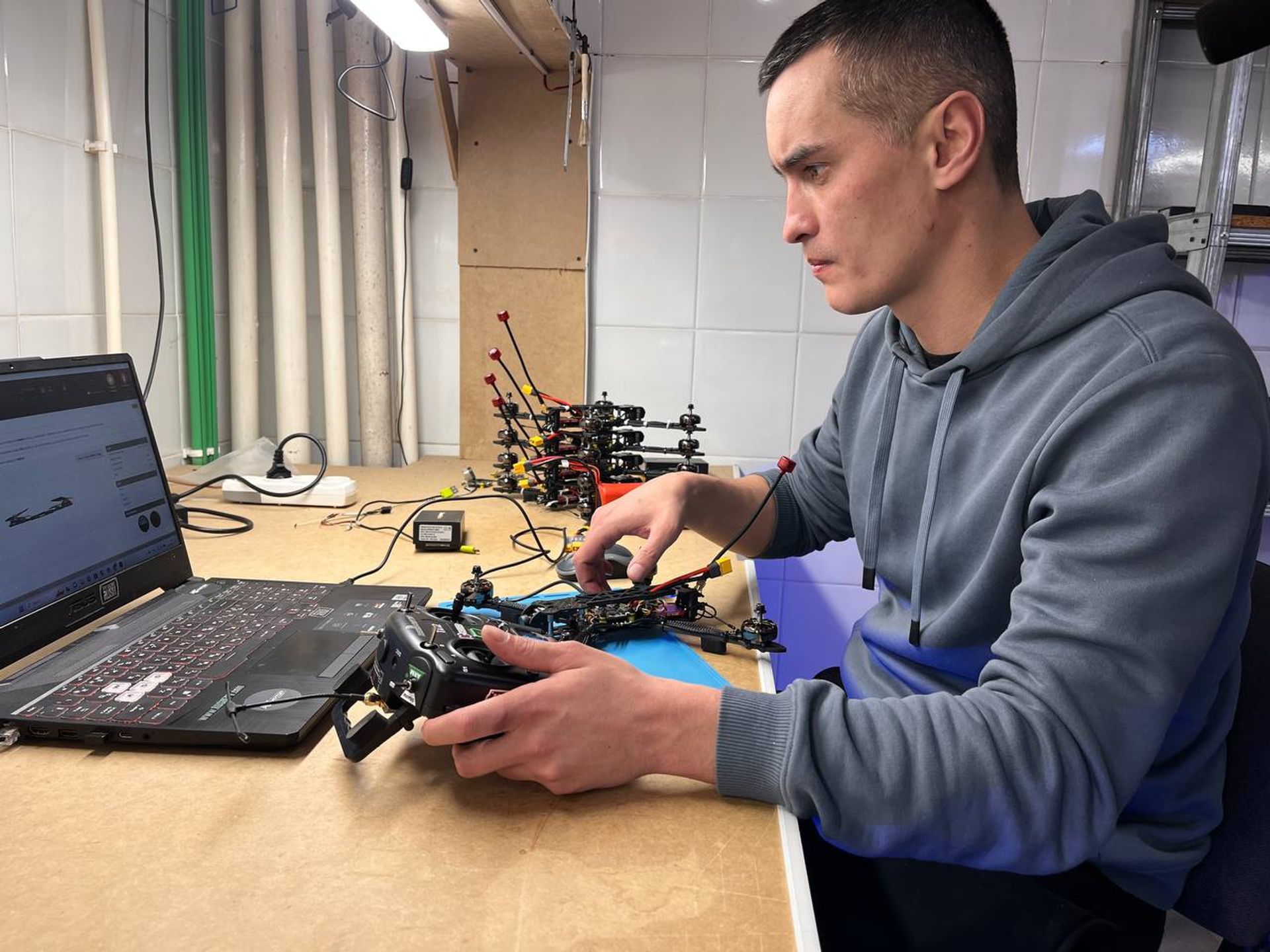
Photo: Suspilne Ternopil
"I talk to four different guys and they have different drones, firmware, modifications, and spare parts. It can't be that one drone will suit everyone. Because everyone has different combat missions. It can't be that someone invented a drone and sent it to us, and instead of resting after the missions, the guys have to tinker with it, modify it, and reflash it. This should not be the case. There should be a request and a drone should be made and sent accordingly," the volunteers explained.
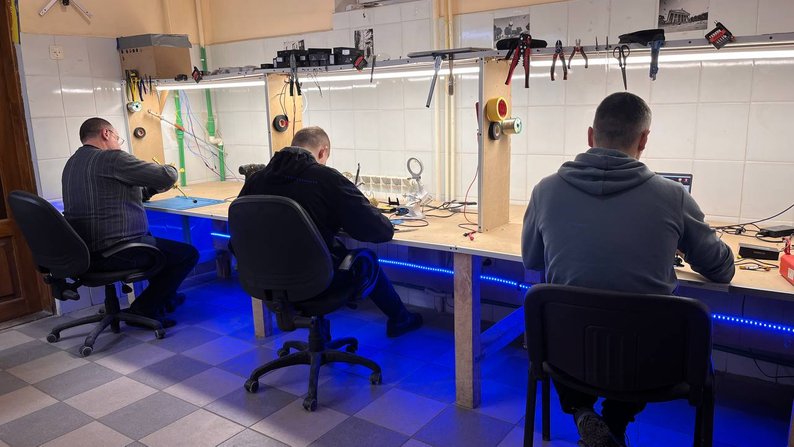
Photo: Suspilne Ternopil























